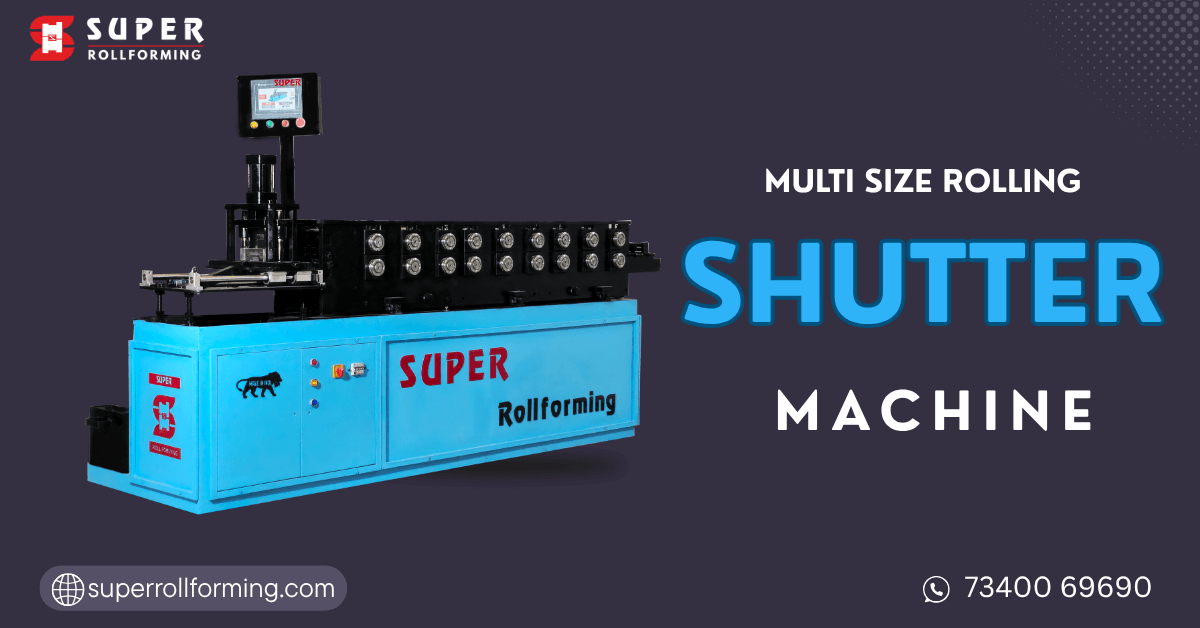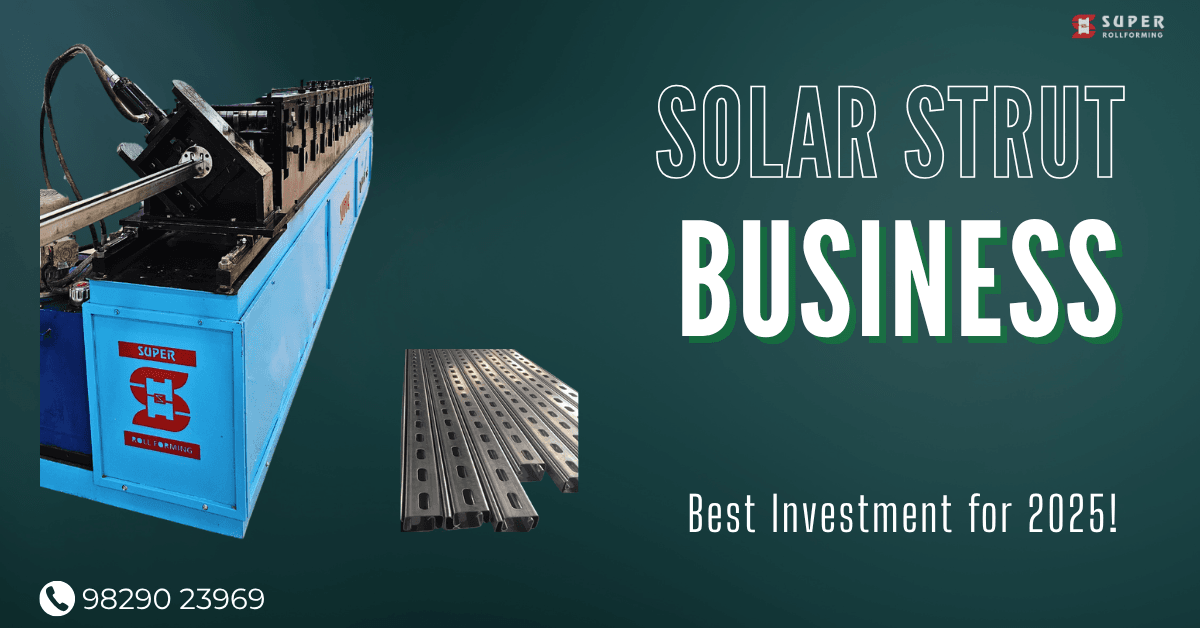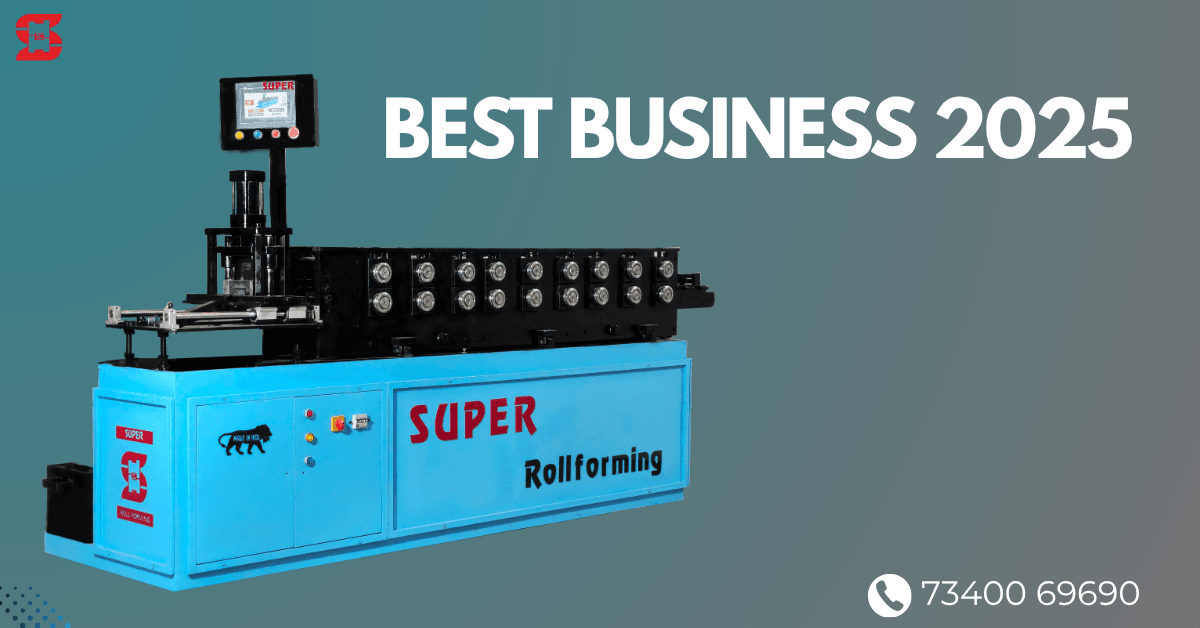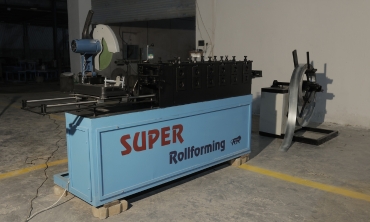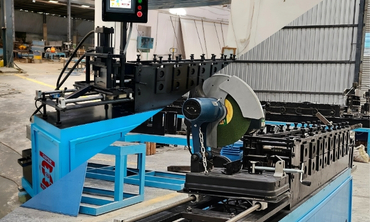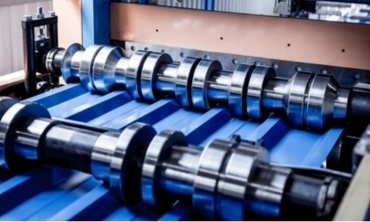Roll forming has been a pivotal manufacturing process across industries such as automotive, construction, and energy. As global demands for precision, customization, and efficiency rise, roll forming technology has begun to evolve significantly. New technological advancements are set to revolutionize this field, enhancing everything from production speed to product quality and environmental sustainability. In this article, we delve into the top emerging technologies in roll forming that are shaping the industry’s future.
Key Drivers for Technological Advancements in Roll Forming
The roll forming industry has unique demands for high precision, efficiency, and durability. Key drivers influencing innovation in roll forming technology include:
- Increasing Demand for Customized Solutions: Industries are looking for adaptable processes that cater to specialized product needs, particularly in solar energy and automotive sectors.
- Sustainability Requirements: Environmentally conscious manufacturing is gaining importance, pushing manufacturers to adopt technologies that reduce waste and energy consumption.
- Enhanced Efficiency and Productivity: High throughput and minimizing downtime are crucial, necessitating automated and data-driven improvements.
Emerging Technologies in Roll Forming
1. Automated Roll Forming Systems
Automation is at the forefront of innovation in roll forming, promising increased productivity and reduced human error. Automated roll forming systems allow for high-speed production while ensuring consistent quality, minimizing the need for manual intervention.
- Robotic Integration: Robotic arms can now handle tasks like loading, unloading, and quality control, freeing up human workers for more complex responsibilities.
- Precision Control: Automated systems come with precise settings that can be adjusted quickly, which is particularly useful for handling complex profiles.
Benefits:
- Higher production speeds
- Reduced error rates
- Improved consistency in product quality
2. AI and Machine Learning for Predictive Maintenance
Predictive maintenance, powered by AI and machine learning, is transforming how companies approach machine upkeep. By analyzing data patterns and equipment performance, AI systems can predict potential breakdowns before they occur, significantly reducing downtime.
- Real-time Monitoring: Sensors monitor machine conditions in real-time, sending alerts if any parameters fall outside the optimal range.
- Data-Driven Decisions: Machine learning algorithms identify patterns and recommend maintenance actions based on data trends, reducing unplanned stoppages.
Benefits:
- Lower maintenance costs
- Increased machine longevity
- Reduced downtime and enhanced productivity
3. 3D Printing for Roll Form Tooling
3D printing, also known as additive manufacturing, is a game-changer for producing roll form tooling and prototypes quickly and cost-effectively. With 3D printing, manufacturers can experiment with tool designs and make rapid adjustments to meet specific requirements.
- Tooling Customization: 3D printing enables highly customizable tooling, allowing manufacturers to design and produce unique forms that meet precise project requirements.
- Prototype Testing: New tooling designs can be quickly printed and tested, speeding up product development and reducing costs.
Benefits:
- Reduced lead times for tooling production
- Lower costs associated with prototype development
- Enhanced flexibility in tool design
4. Data Analytics for Process Optimization
Data analytics is becoming increasingly vital in roll forming as manufacturers seek to optimize production processes. By collecting and analyzing data throughout the roll forming process, companies can gain valuable insights into production efficiency, quality control, and material usage.
- Quality Monitoring: Data analysis can identify potential defects or inconsistencies in real-time, enabling immediate corrections.
- Energy Optimization: Analytics helps in assessing and minimizing energy consumption, making the process more sustainable.
Benefits:
- Improved product quality
- Enhanced resource management
- Energy savings, reducing operational costs
5. Advanced Materials for Roll Forming
Material innovation is also on the rise, with the development of advanced alloys and composites that provide better durability, strength, and formability. These materials cater to the needs of industries requiring lightweight, high-strength parts, such as aerospace and automotive.
- High-Strength Alloys: Alloys like high-strength steel and aluminum provide exceptional strength without adding excess weight, making them suitable for automotive and aerospace applications.
- Eco-Friendly Materials: The push toward sustainability has driven interest in recyclable and environmentally friendly materials, allowing companies to minimize their carbon footprint.
Benefits:
- Lighter yet stronger components
- Increased product lifespan
- Reduced environmental impact
6. Augmented Reality (AR) for Training and Maintenance
Augmented reality is finding its place in roll forming facilities, especially in training new operators and providing real-time maintenance guidance. Through AR glasses or devices, operators can visualize complex processes, making training sessions more interactive and effective.
- Real-time Assistance: Technicians can receive real-time guidance for maintenance tasks, improving speed and accuracy.
- Enhanced Training: AR allows new operators to learn complex procedures interactively, reducing training time and increasing skill retention.
Benefits:
- Improved training outcomes
- Faster and more efficient maintenance
- Increased operational safety
The Impact of Emerging Technologies on Roll Forming
As these technologies are adopted, roll forming is poised to become a more agile, efficient, and sustainable process. The benefits of these advancements include:
- Reduced Operational Costs: Automation, predictive maintenance, and 3D-printed tooling reduce overhead costs, boosting profitability.
- Enhanced Product Quality: Data analytics and AI-enabled quality checks ensure a consistently high product standard.
- Increased Sustainability: Advanced materials and energy-optimized processes help reduce the industry’s environmental impact.
- Customization Flexibility: Technologies like 3D printing and advanced alloys allow for tailored solutions to meet customer-specific needs.
Conclusion
Emerging technologies in roll forming are not just incremental improvements but transformative changes that redefine the industry’s capabilities. From automated systems and AI-driven maintenance to advanced materials and AR-based training, these innovations collectively enhance roll forming’s productivity, sustainability, and adaptability. For manufacturers aiming to stay competitive, investing in these technologies is a forward-thinking approach to meet the growing demands of the modern industrial landscape.

